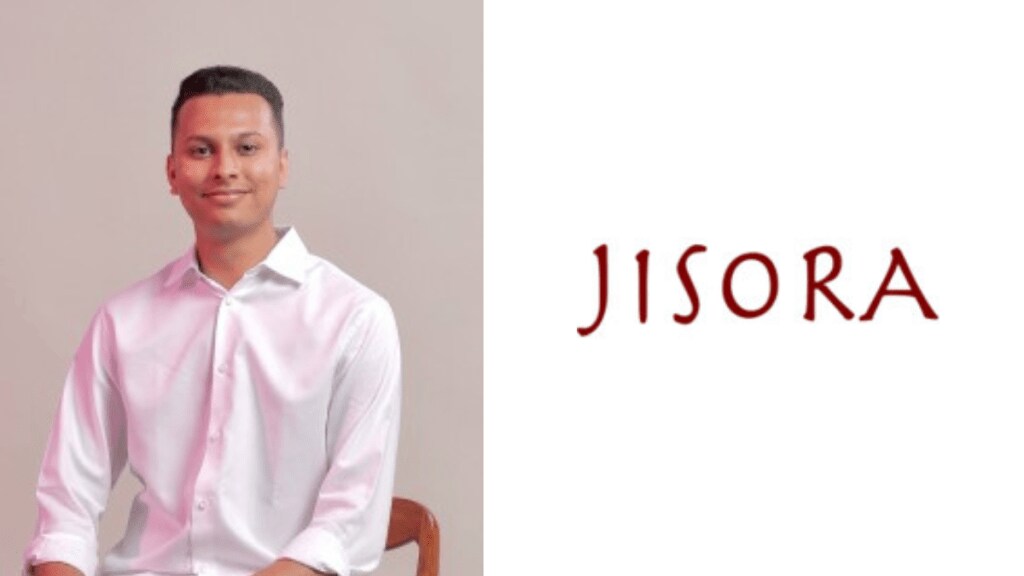The pandemic has brought about notable shifts across industries, and the case has been no different for marketing. Today, digital marketing has become a crucial aspect in order to acquire new customers and retain existing ones. In our weekly BrandWagon Ad Talk series, industry experts highlight what has changed over the past two years and more importantly, are these changes here to stay. Mehul Sethi, co-founder, Jisora, talks to BrandWagon Online, about the dos and don’ts of digital marketing, best marketing campaigns, and more.
- What is the difference between launching a brand in today’s digital era versus earlier?
In today’s digital era, launching a brand requires a multi-channel approach, leveraging social media, influencers, and online platforms for maximum reach and engagement. Unlike earlier times, brands now have direct access to global audiences and real-time feedback, necessitating agility and adaptability in strategy. Additionally, digital analytics provide valuable insights for targeted marketing and continuous optimisation, shaping the brand’s journey in ways not possible before.
- What are the recent best marketing or advertising campaigns you have seen and why?
Some recent standout marketing and advertising campaigns that I’ve come across are:
H&M’s ‘Close the Loop’ Campaign, featuring plus-size model Tess Holliday and Muslim model Mariah Idrissi, received widespread acclaim for celebrating diverse cultures within the fashion realm. By generating significant buzz surrounding the campaign, H&M effectively amplified its sustainability message, ensuring it reached a broad audience.
Manyavar’s “Kanyamaan” Campaign, a bold initiative by the renowned Indian clothing brand, challenged traditional Hindu wedding customs by reinterpreting rituals like ‘Kanyamaan,’ symbolising the bride’s transition. Fronted by Alia Bhatt, the campaign advocated for gender equality in weddings. Despite social media backlash and calls for boycotts, the campaign stood out for its progressive take on age-old wedding traditions, sparking dialogue and offering a modern perspective.
- Which brand in the last year has made the best use of digital and how?
Last year, Bewakoof made remarkable strides in digital utilisation, showcasing exemplary proficiency. Embracing a direct-to-consumer approach, the brand astutely capitalised on social media and digital marketing channels to amplify brand recognition and foster deeper customer connections. Through engaging interactive campaigns and a robust online footprint, Bewakoof effectively captured the attention of the dynamic youth demographic, fueling substantial expansion and asserting dominance in the fiercely competitive digital fashion arena.
- In a post-Covid world, what are the dos and don’ts of digital marketing?
In a post-Covid world, digital marketers must prioritise authenticity, empathy, and flexibility. Dos include leveraging data insights for personalised messaging, adapting strategies to evolving consumer behaviours and investing in engaging content. Don’ts involve ignoring privacy concerns, bombarding audiences with insensitive promotions, and neglecting the importance of human connection in virtual interactions. Striking a balance between innovation and sensitivity is key to successful post-pandemic digital marketing endeavours.
- One recent bad case of advertising you have seen, and why?
FabIndia’s recent misstep in advertising showcased the delicate balance needed in cultural marketing. The Diwali campaign, ‘Jashn-e-Riwaaz,’ aimed to capture the festival’s essence but fell short of resonating with traditional customs. Criticism erupted, accusing the brand of cultural insensitivity and undermining cherished values. This incident ignited a social media debate on the vital role of cultural understanding in marketing. Ultimately, the backlash prompted FabIndia to retract the campaign, highlighting the imperative of cultural sensitivity in brand messaging.


